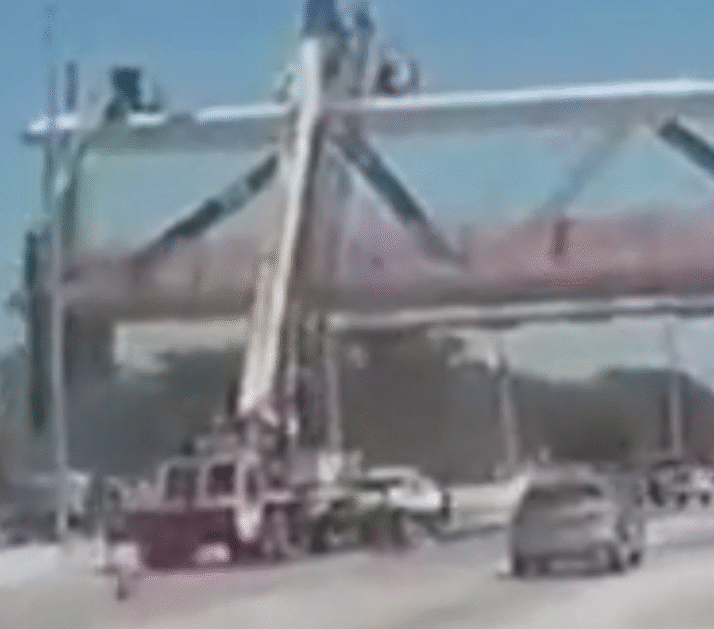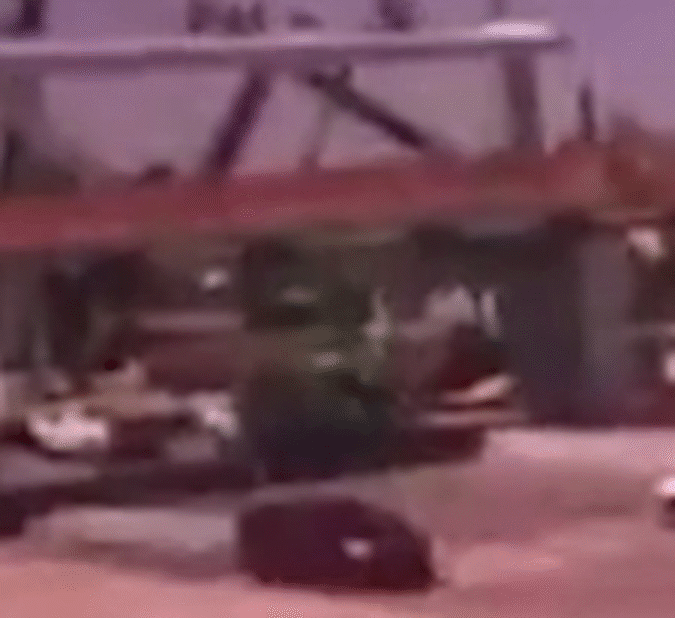- #36
CWatters
Science Advisor
Homework Helper
Gold Member
- 10,544
- 2,323
So if they forgot to tension 11 when they changed the lifting plan that would account for the report of "slack cables" and cracking.jim hardy said:It gets curioser and curioser.
might not have been a tensioner in it? sure looks like one in the rubble...
This is from the proposal so not an "As Built" drawing..
http://facilities.fiu.edu/projects/BT_904/MCM_FIGG_Proposal_for_FIU_Pedestrian_Bridge_9-30-2015.pdf
View attachment 222347
so we'll have to wait on the trickle of information.
@Baluncore - that AVE youtube video pointed out when they lifted the span that end was cantilevered - wouldn't that put north-most diagonal #11 in tension?
Hopefully somebody made provision for the "As Lifted" transporter arrangement...
View attachment 222348
Sigh. Old troubleshooter just can't let go. I grew up about five miles from there.
old jim




